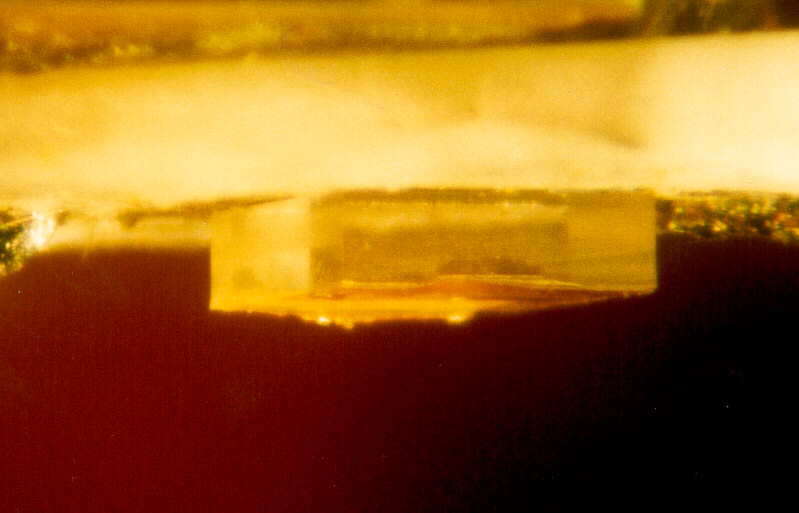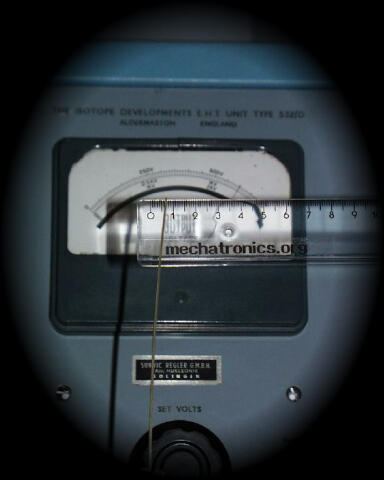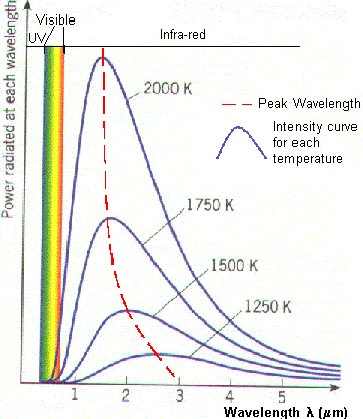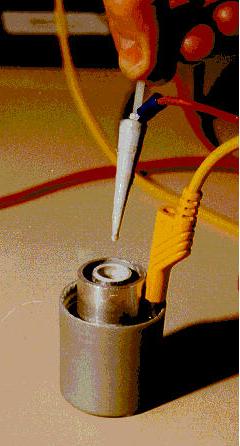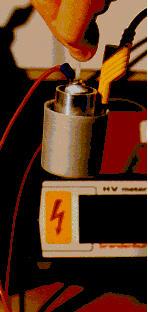Electrostatic
actuation is the basic principle behind the electrostatic voltmeter. A
force proportional to the applied voltage is generated between two electrodes.
By movement against a return spring, this force can be used to drive a
needle behind which a scale calibrated in volts is situated. This principle
has enjoyed considerable popularity in recent year with the advent of micromachine
technology. A related principle, electroadhesion, is the force of electrostatic
attraction used to secure paper on plotter surfaces, lift polymer sheet
or metal foil components in robotics. Again, micro-robotics technology
can exploit such methods for the handling of very delicate micro-optical
parts.
